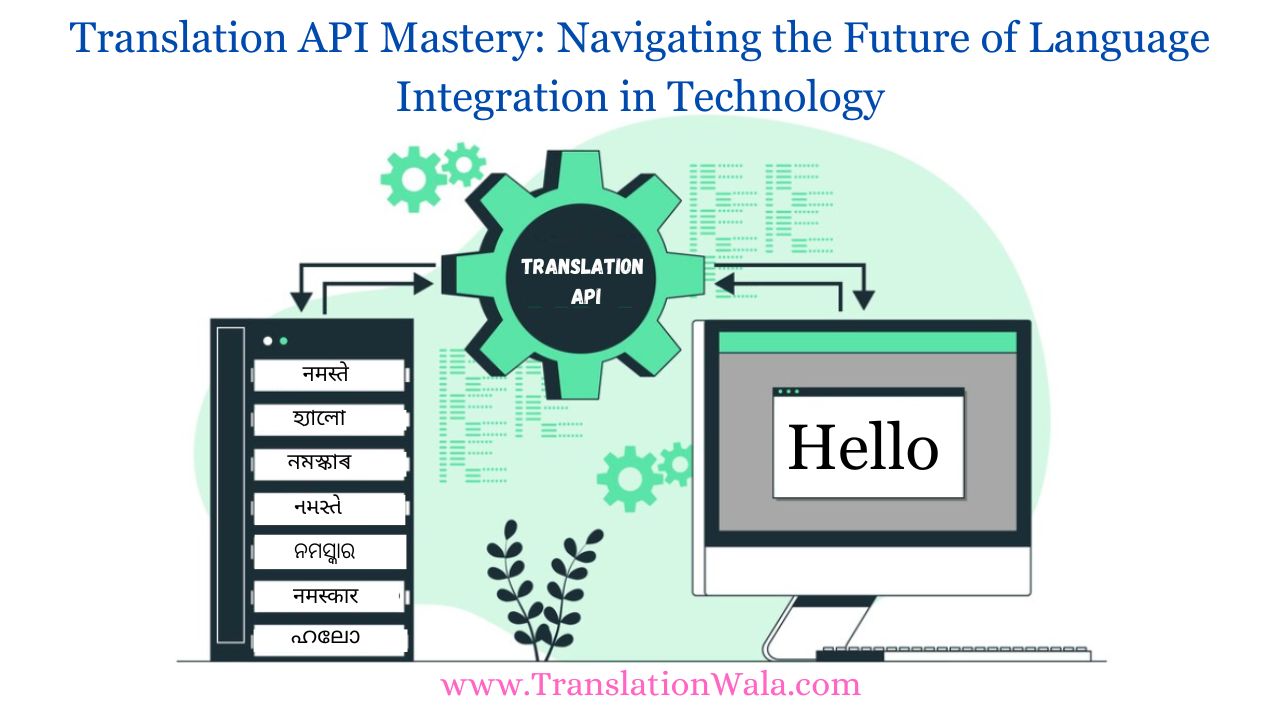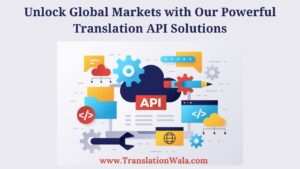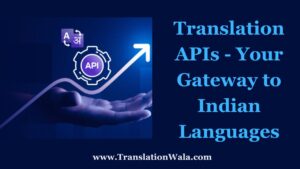Technological progress has made the world smaller. It doesn’t matter if the other person speaks a different language; we can connect with them just by tapping our phones. Thanks to a powerful tool called the Translation API, people can talk to each other across countries without any problems.
On the other hand, you can’t just plug in text and expect perfect results to learn this complex technology. Understanding Translation APIs is important for the exciting future of language merging in technology. This blog will go into detail about these APIs.
Demystifying the Engine: How Translation APIs Work
There is a complicated dance of algorithms and data going on behind the scenes of these magical language links. APIs for translation use both machine translation (MT) and natural language processing (NLP) methods.
MT engines are trained on huge sets of parallel text translations. They look at the source language statistically and come up with the best word in the target language. NLP is used to fine-tune the texts, making sure they are correct in terms of grammar, culture, and subtleties that depend on the situation.
That being said, MT isn’t perfect. There are many mistakes that can happen with machine readings, especially when it comes to complicated words, idioms, and references that are specific to one culture. This is where being good at APIs comes in.
Mastering the Art of Language: Choosing the Right API and Optimizing Usage
There are so many translation APIs out there that it can be hard to pick the right one. Things to think about are:
- Language coverage: Can you use the languages you need with the API? Look for APIs that have a lot of language pairs, even if some of them are rare or not very popular.
- Translation quality: Accuracy is very important. Test different APIs with different use cases to see how well they meet your goals.
- Customization options: Would you be able to improve the translations? If you want to make results that are more relevant to a certain area or audience, look for APIs that offer domain-specific definitions, glossaries, and style guides.
- Integration ease: Is it easy to add the API to the way you already do things? For easy interaction, look for APIs that have SDKs and development tools that are easy to get.
Also Read: The Transcription Services Advantage: A Deep Dive into Seamless Content Conversion!

Beyond choosing the right API, optimizing its usage is key. Here are some tips:
- Provide context: Tell the API as much as you can about the source text, such as the website, the group you want to reach, and the reason for the translation.
- Pre-edit your text: Make sure the source text is free of mistakes and correct in grammar so that they don’t show up in the translation.
- Post-edit translations: Machine translations don’t always work well. Include post-editing by a person to improve the output and make sure it is correct and has the right tone.
Beyond Translation: The Future of Language Integration
APIs for translation are only the beginning. The use of words in technology is about to take even bigger steps forward, with uses like
- Real-time multilingual conversations: Imagine being able to talk to anyone in their own language without any problems, thanks to real-time translation APIs built into communication platforms.
- Multilingual content creation and localization: AI-powered translation and localization tools will make it easy for content makers to reach people all over the world. These tools will change content for different languages and cultures.
- Language-agnostic search and information access: Getting rid of language hurdles in accessing information will give everyone, no matter what language they speak, the power to learn and connect with others.
Mastering the Language Revolution: Preparing for a Multilingual Future
As more people learn more than one language, companies and individuals need to get ready to deal with the changes. To be able to work together, communicate, and understand others around the world, you will need to be able to master language APIs.
We can use the power of Translation API to break down walls and make the world more linked and open to everyone if we understand how these language bridges work, pick the right tools, and be open to the idea of a future with many languages.



